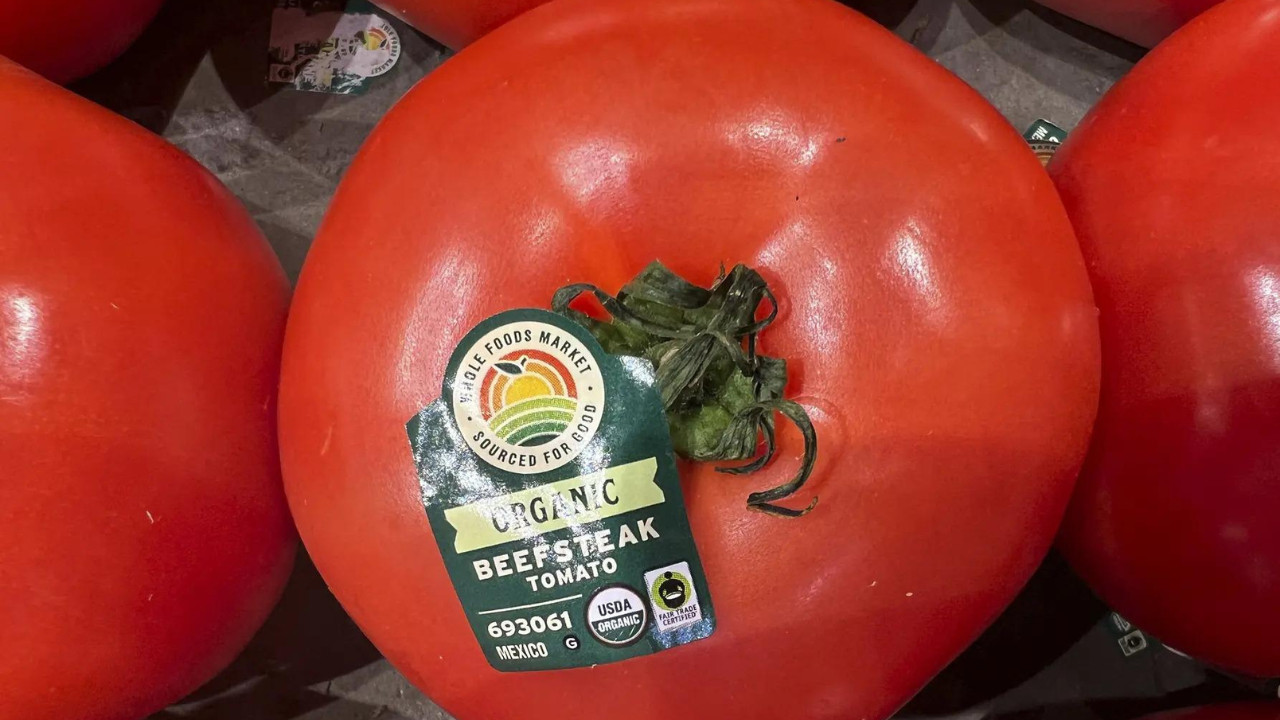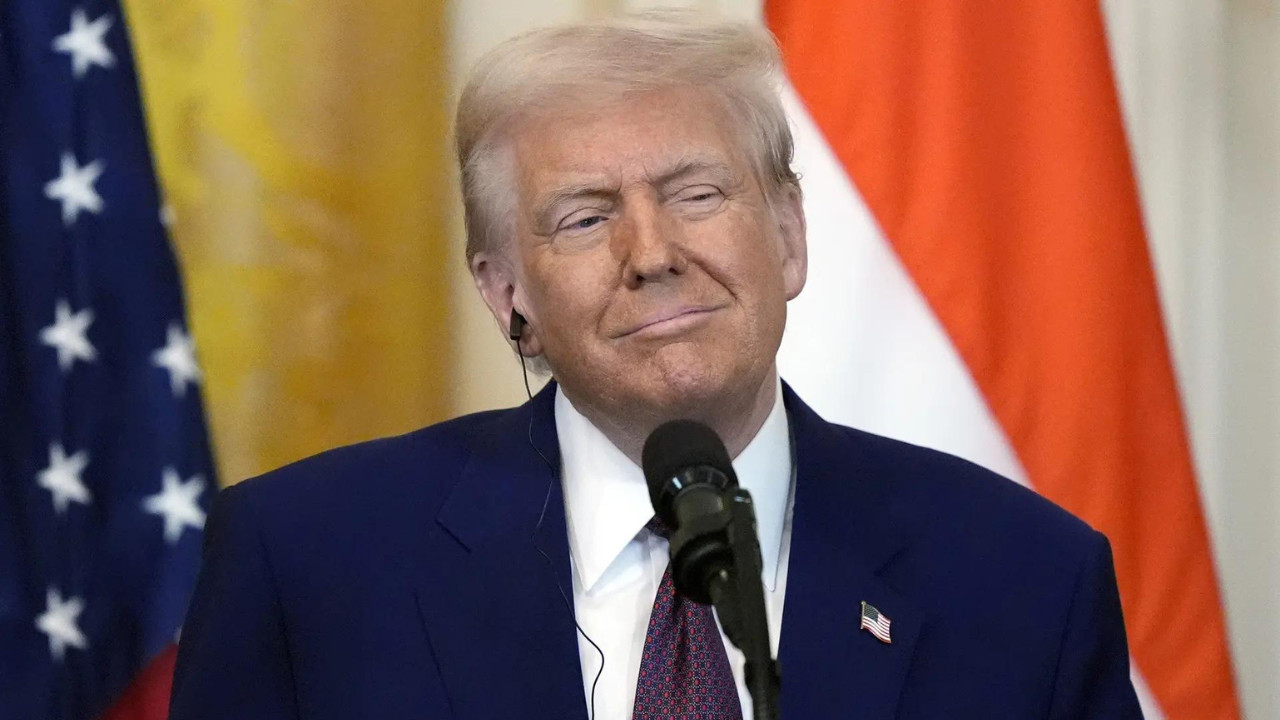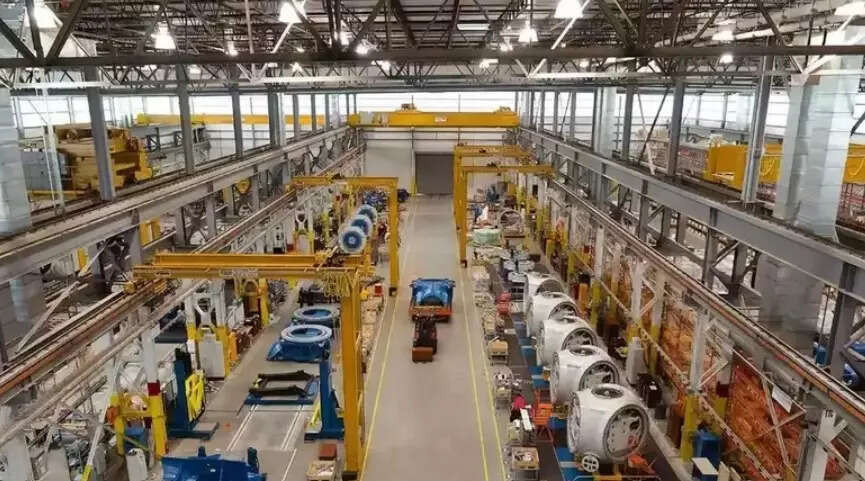The US government has imposed a 17% import duty on most fresh tomatoes from Mexico. This decision aims to protect the American tomato industry. Talks between US and Mexican officials failed to reach a new agreement. The duty took effect immediately. It is expected to raise tomato prices in the US. American growers are likely to benefit from this move.
Tomato Wars: The US Slaps a Hefty Tariff on Mexican Imports
The juicy sweetness of summer tomatoes might just get a bit more expensive. The US Department of Commerce has dropped a bombshell, slapping a preliminary countervailing duty of 17.56% on fresh tomatoes imported from Mexico. This move, framed as a shield for American farmers, has sent ripples through the agricultural world, leaving consumers wondering what it means for their grocery bills and salsa nights.
For years, US tomato growers have argued that Mexican tomatoes are being dumped on the market at unfairly low prices, harming their ability to compete. They’ve alleged that Mexican producers benefit from government subsidies that allow them to undercut domestic prices. This isn’t a new battle; it’s a long-simmering feud that has now boiled over into tariffs. The Commerce Department’s decision is a direct response to these claims, suggesting that they believe there’s merit to the allegations of unfair trade practices.

But what exactly is a countervailing duty? Simply put, it’s a tariff imposed on imported goods to offset subsidies provided to producers in the exporting country. The idea is to level the playing field, ensuring that domestic producers aren’t disadvantaged by unfair government support. This particular duty targets what the US deems unfair subsidies benefiting Mexican tomato growers.
The reaction from Mexico hasn’t been quiet. Mexican officials and grower associations are understandably displeased, arguing that the tariff is unwarranted and based on flawed data. They contend that their tomatoes are simply more competitive due to factors like climate and lower labor costs, not unfair subsidies. They worry this will impact jobs on both sides of the border.
What This Means For Your Plate
So, what does this all mean for the average consumer? In the short term, it’s possible we could see a slight increase in the price of tomatoes in US grocery stores. The extent of the increase will depend on a number of factors, including how quickly US growers can ramp up production to meet demand and how retailers choose to absorb the cost of the tariff. Some retailers might choose to eat the cost, impacting their profit margins. Others will inevitably pass at least some of it on to consumers.
While the tariff is designed to protect US farmers, it could also have unintended consequences. Higher tomato prices could lead consumers to buy fewer tomatoes, potentially impacting demand for both domestic and imported varieties. Moreover, it could lead to increased reliance on tomato products from other countries, potentially shifting the trade imbalance rather than solving it.
It’s also important to consider the broader implications for trade relations between the US and Mexico. This tomato tariff comes at a time when trade tensions are already high in certain sectors. Any trade action that raises barriers between the two countries can have a chilling effect on other areas of economic cooperation.
The Future of Tomato Trade
This preliminary duty is just the first step in what’s likely to be a lengthy process. The Commerce Department will continue to investigate the claims of unfair subsidies, and a final determination is expected later this year. If the final determination confirms the preliminary findings, the tariff could become permanent.
Whether this tariff ultimately achieves its goal of protecting US tomato growers remains to be seen. It’s a complex situation with winners and losers on both sides of the border. It’s a high-stakes game with real-world consequences for farmers, businesses, and consumers alike. How this story unfolds will depend on further negotiations and developments in the US and Mexican economies.
Interested in other agricultural trade issues? Read our post on the potential impacts of climate change on corn yields.
A Tangled Web of Trade
This situation underscores the complex interplay of trade, politics, and consumer economics. The future of tomato prices, and indeed the health of US-Mexico agricultural trade, hangs in the balance.







